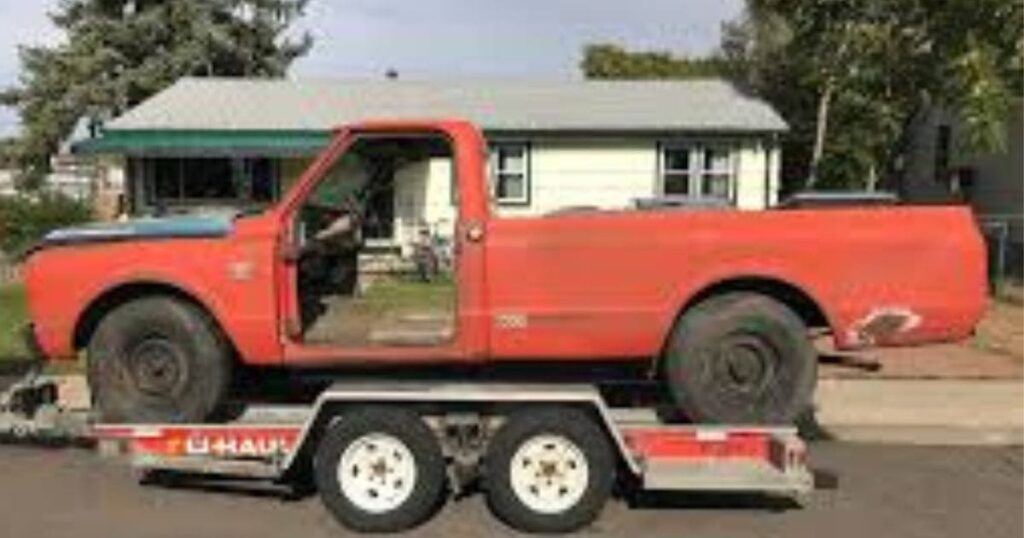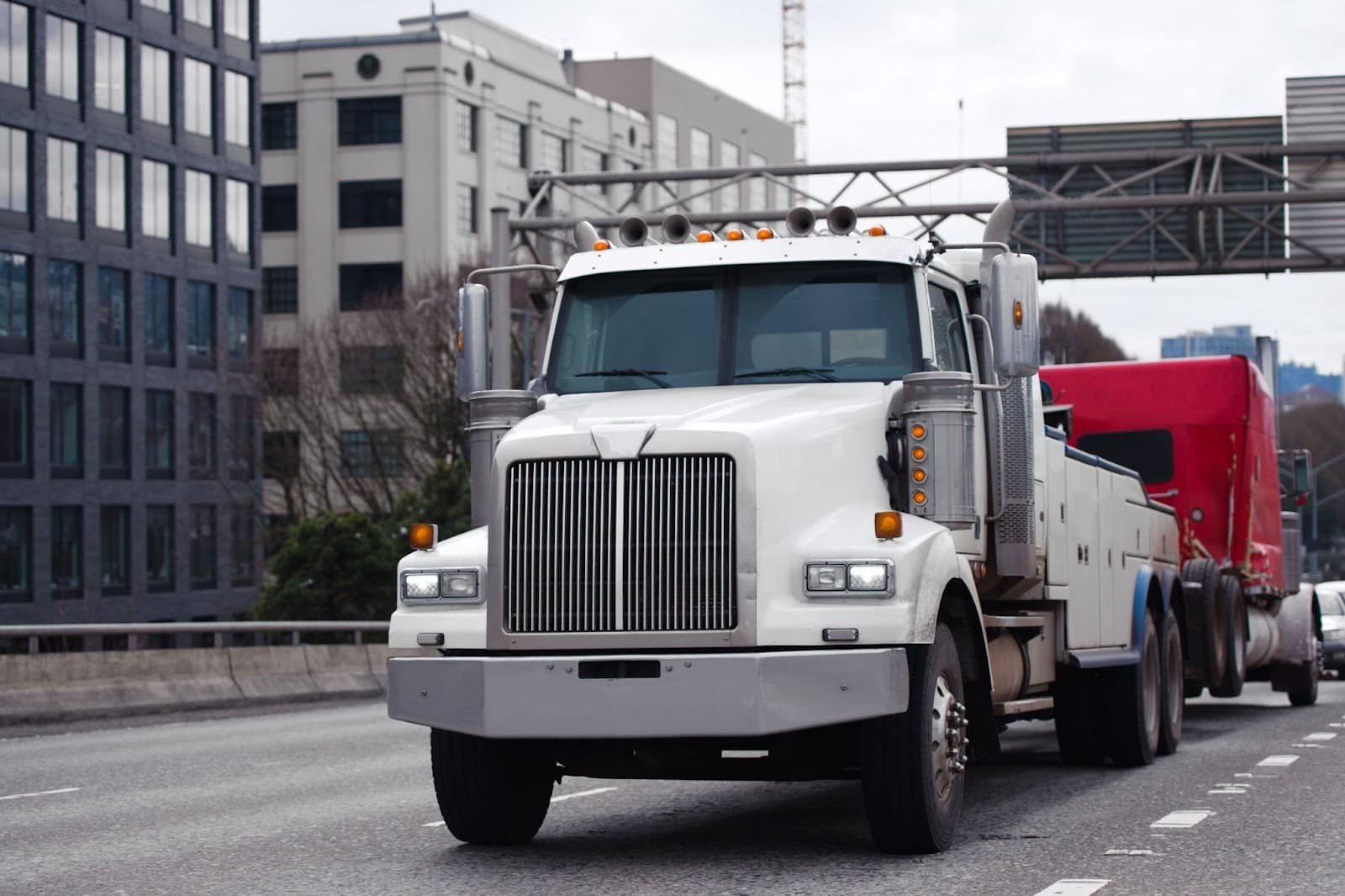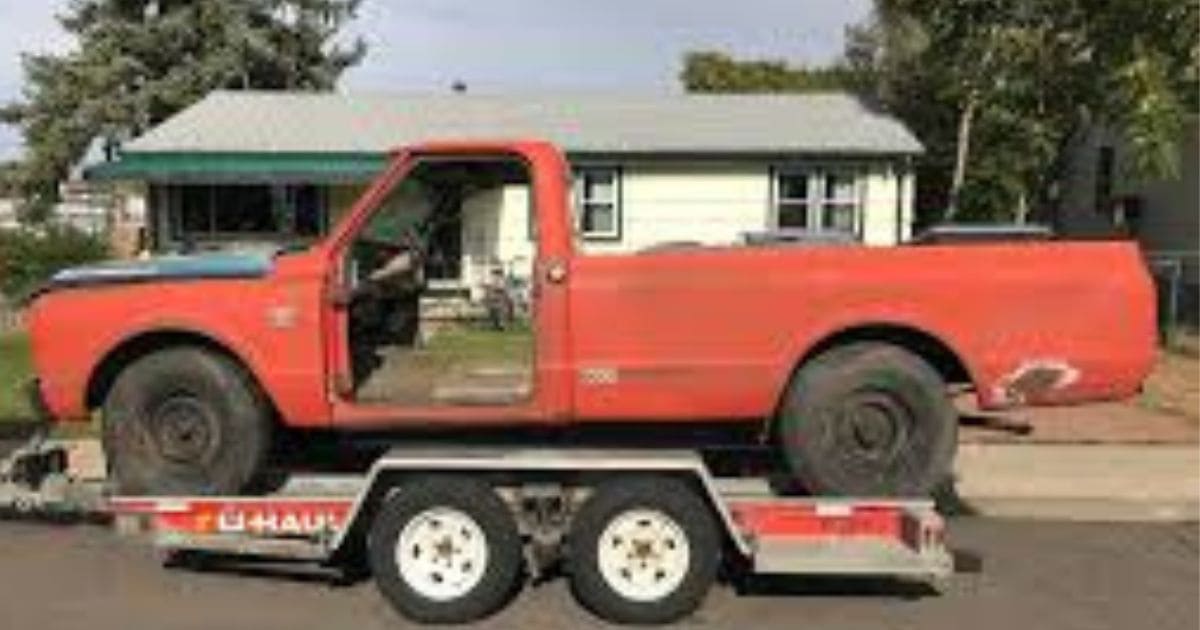As an Amazon Associate, I earn from qualifying purchases
Dry weight refers to the weight of a vehicle without any fluids or fuel, while curb weight includes all fluids and a full tank of fuel. Owners and enthusiasts need to understand the difference between dry and curb weight.
It is essential to know the exact weight specifications of a vehicle before purchasing it to ensure it meets your needs and preferences. A vehicle’s performance, fuel efficiency, and handling are all influenced by its dry and curb weight.
Also, knowing these weight specifications can affect things like towing capacity and cargo limits. This article aims to delve into the distinctions between dry and curb weight, providing valuable insights for individuals looking to make informed decisions when purchasing or operating a vehicle.

Understanding Dry Weight
Dry weight is a crucial concept, especially when understanding the true weight of a vehicle or any other object. Vehicle weight without fluids, passengers, cargo, or accessories.
What Is Dry Weight?
Dry weight is the weight of an object without any additional load or accessories. It provides a baseline weight measurement that excludes any fluids, passengers, or cargo that may affect the overall weight.
Importance In Different Industries
- Automotive Industry: Essential for determining vehicle performance and fuel efficiency.
- Shipping Industry: Crucial for calculating cargo capacity and distribution.
- Aerospace Industry: Critical for aircraft design and performance specifications.
Understanding Curb Weight
Dry Weight vs Curb Weight: Understanding the differences between dry and curb weight is crucial for anyone purchasing or using a vehicle. As well as determining the overall weight of vehicles, these measurements can also affect their performance and handling. To understand their implications better, let’s explore the key differences between dry and curb weight.
Definition Variations
Dry weight refers to the weight of a vehicle without any fuel, oil, coolant, or other fluids. It represents the vehicle’s weight in its driest and lightest state, typically measured at the factory before additional fluids or accessories are added. When curb weight, it’s the total weight of the vehicle with all the standard equipment, a full tank of gas, and all the fluids. This weight is typically measured when the vehicle is ready for the road, including passengers and cargo.
Measurement Methods
Dry weight is determined by weighing the vehicle without additional fluids or accessories on a specialized scale. Curb weight, on the other hand, is measured with all standard equipment, a full tank of fuel, and all necessary fluids. This distinction in measurement methods provides a clear understanding of the difference between the two weights and their respective impacts on a vehicle’s performance and handling.
Key Differences
The dry weight of a vehicle is influenced by various factors that affect its overall weight and performance. Understanding these factors is crucial for manufacturers to optimize the design and construction of vehicles.
Materials Used
Materials used in the construction of a vehicle play a significant role in determining its dry weight. The type and quality of materials impact the overall weight of the vehicle.
Manufacturing Processes
Manufacturing processes employed in the production of a vehicle can also affect its dry weight. Vehicle performance can be improved by reducing unnecessary weight and improving processes.

Factors Influencing Dry Weight
Factors Influencing Curb Weight:
Additional Features
Extra features like sunroofs or advanced technology can increase curb weight.
Safety enhancements such as airbags and reinforced frames also add to curb weight.
Impact Of Vehicle Usage
Vehicle usage affects curb weight; heavy-duty trucks have higher curb weight.
Off-road vehicles may have added weight due to robust construction.
Factors Influencing Curb Weight
In this comparative analysis, we will delve into the differences between dry weight and curb weight, shedding light on the pros and cons of each. Anyone who purchases, transports, or maintains vehicles must understand these distinctions.
Pros And Cons Of Dry Weight
- Pros: Provides a baseline weight for the vehicle, ideal for comparing different models or modifications.
- Cons: Fluids or other items that may contribute to the actual weight of the vehicle are not taken into account
Pros And Cons Of Curb Weight
- Pros: A vehicle’s weight is accurate since it includes all standard equipment and fluids.
- Cons: This may not include aftermarket modifications or additional cargo, which can impact the overall weight during operation.
Conclusion
Dry Weight Vs Curb Weight: Understanding these metrics is essential for making informed decisions about vehicle performance and everyday usability. Curb weight tends to be more crucial for daily drivers, offering a realistic picture of the vehicle’s operational state.
Keep these factors in mind when considering the weight of your vehicle.
As an Amazon Associate, I earn from qualifying purchases

